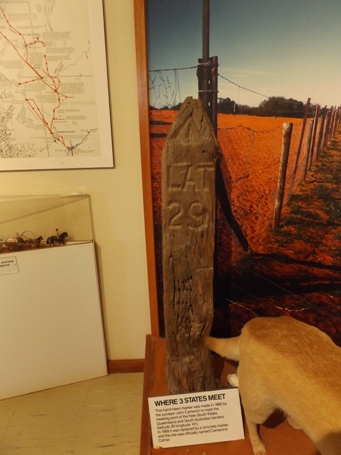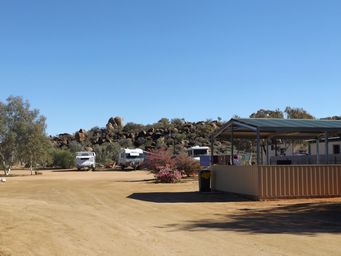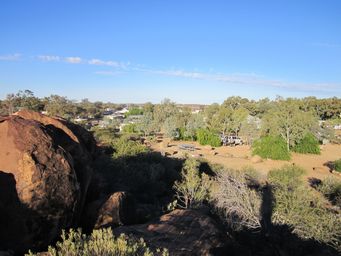Australia So Much to See


Tibooburra
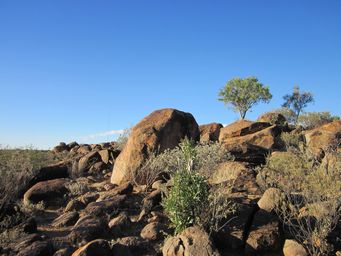
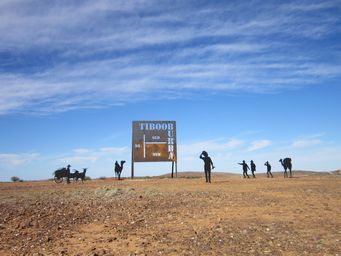
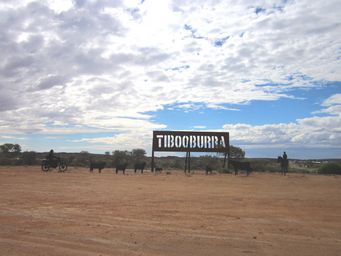
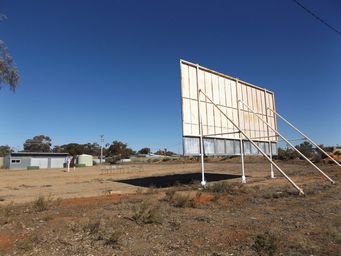
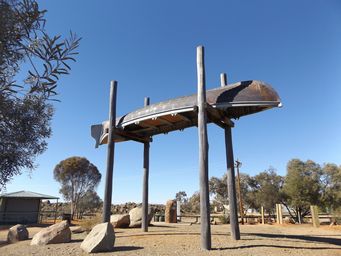
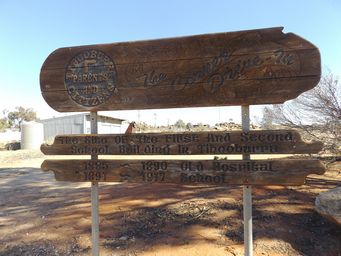
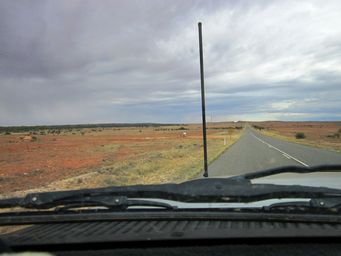
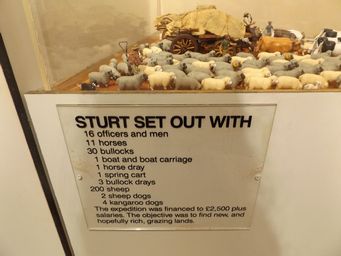

Tibooburra comes from the Aboriginal name, meaning “Heap of Rocks”, referring to what is now known as The Granites, being a elongated pile of rocks semi surrounding the town.
With a population of 150, Tibooburra is an outback town on the edge of the Sturt
National Park, whch runs north to the Queensland border and west to the South Australian border.
Silhouette entry statements on each of the main roads into the town are all different.
Nestled against the piles of stones known as The Granites, we stayed at The Granites Caravan Park, which was very pleasant and well
located to walk around the town. Book in and pay at TJs Roadhouse.
A new alternative is now open at Tibooburra Aboriginal
Reserve, a kilometre from town. With hot showers and toilets but no power ths suits those who are more independent ond like
bush camping, and it costs only $15 a site. Pay at the Land Council office next to TJs Roadhouse.
Further accommodation is available from TJs Roadhouse with cabins at the caravan park, motel units and cottage accommodation. Outback beds is another motel complex.
There are two hotels, the two storey Tibooburra Hotel, and the Family Hotel which also provides also motel units, a coin laundry, and public showers. Update 11th February 2021. Sadly the Two Storey Hotel suffered severe fire damage overnight. Subsequently it is being restored and is operational.
The War Memorial Hostel
offers budget backpacker accommodation.
The Sturt National Park has four campgrounds, all accessible for dirt road
caravans. Dead Horse Gully campground is one kilometre north of the town, Olive Downs Campground at the top of the jump-up (Grey
Range), and Fort Grey towards the eastern end of the park. Each of these campgrounds have eco-toilets, a tank for water, picnic shelters and
free gas barbecues. At the Mount Wood complex, there is a small campground, accommodation in the shearing quarters, and at the
former homestead. At Olive Downs homestead, the shearers quarters may be booked for visitor accommodation. Currently fees
for park entry are $8 per car, or a New South Wales Parks Pass (see Passes and Permits). Camping fees are $6 per person per
night.
For purchase of supplies in Tibooburra, there are the Corner Country Store and TJ’s Roadhouse, both in Briscoe
Street. These each have a small range of basic groceries, including milk and frozen bread. Both provide café services and takeaway
foods.
Tibooburra is known as the hottest and the driest town in New South Wales. With an average annual rainfall
of 200 millimetres, land was not taken up for pastoral enterprises until the 1880s when a survey team mapped the New South Wales -
Queensland border. Large pastoral stations with very low stocking numbers were established in what is now Sturt National Park. These stations were resumed when the leases expired in 1972, and the Sturt National Park was established.
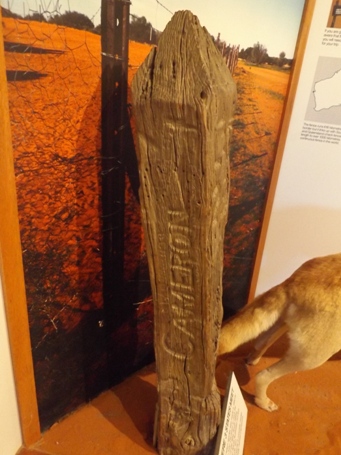
Heritage Walk
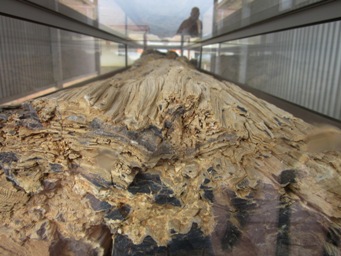
In the grounds of the Tibooburra Bush Children’s War Memorial Hostel, see the large log of petrified wood, displayed in a glass case. Tibooburra was once on the margins of an inland sea that covered about a third of Australia 110 million years ago, in the Cretaceous period. See Eromanga Sea. This tree had fallen into the waters and it would have been buried in silt or mud. Over time, mineral dissolved in the water attached themselves to the organic cells of the wood and filled the spaces between them, preserving the cell structure of the tree in stone. There is a lot of silica in the Tibooburra area, and this creates a hard and shiny stone. Other minerals such as Iron Oxide in the water cause the colouring seen in this petrified log.
A walk up Briscoe Street will take you to these features. A brochure is available to guide you with what to see.
The hostel, build for remote area children to attend school, is now the War Memorial Hostel with budget dormitory and shared facilities
backpacker accommodation.
The Corner Drive-in. This tiny drive-in theatre was established in 1976 by local volunteers for the P & C Association. It is still used several times a year. Originally the site of a hospital, this was then the site of the first and second school
buildings in Tibooburra. Signage on site shows it was the site of a Hospital 1885 – 1890 and School 1891 -1917. Adjacent
is the school principal’s’ residence and former post office, constructed from sandstone cut at the local quarry to the east side of
the town.
John Cameron was a Surveyor General for the New South Wales Lands Department who led the first survey along the New South Wales –
Queensland border between 1879 and 1881.
In September 1879 the survey began from the New South Wales border town Barrigun. The survey team reached the South Australian border twelve months later. On his arrival in September 1880, Cameron erected
at wooden post with the inscription Lat 29 and Cameron. This post has now been replaced with a concrete post.
This hand hewn marker was made in 1880 by the surveyor John Cameron to mark the meeting point of the New South Wales, Queensland and South Australian borders (latitude 29 and longitude 141). In 1969 it was replaced by a concrete marker and the site was officially named Cameron Corner.
The original Cameron Corner post is housed in this museum (photos above).Next to this Visitor
Centre is the former courthouse, built in 1887 from local sandstone. It now houses a museum featuring principally the pastoral
industry, with artefacts from the former stations that now comprise the Sturt National Park.
At the northern end of the street, Pioneer Park features prominently a scale model of Sturt’s Boat. Sturt believed that was
a large inland sea. Setting out in 1844 with his team of sixteen officers and men, eleven horses, thirty bullocks, one horse
dray, one spring cart, three bullock drays, 200 sheep, two sheepdogs and four kangaroo dogs, they carried a thirty foot long whaling
boat. He was right about the inland sea, but he was over 100 million years too late. See Eromanga Sea. They took
the boat as far as Lake Pinaroo, near what is now Fort Grey, then the boat was abandoned at Depot Glen before they returned to Adelaide.
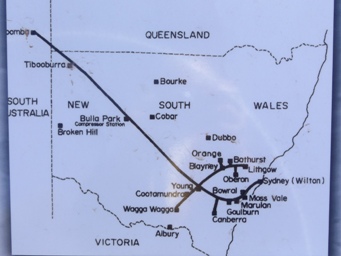
The sculpture entitled Myth and Mirage (above) was created by Anthony Hamilton in 1999 when Pioneer Park was opened. The boat
was suspended upside-down high on four poles to show despair and abandonment, when Sturt’s vision of an inland sea became a myth and
a mirage. The artist thanks shipwright Bill Porter for building the replica boat.
There is information about
the gas pipeline, as the line from Moomba in South Australia to Sydney and Canberra passes close by Tibooburra (below). The
gas originates from two kilometres beneath the Cooper Basin, and it is purified at Moomba.
The Sturt Visitor Centre is at the National Parks Office. This is usually unattended, but there may be rangers present. There are displays, information and brochures.
